|
Pittidae (pittas)
One Species indigenous to southern Africa: African pitta Pitta
angolensis. It is an intra-African breeding migrant,
arriving in southern and south-central Africa to breed around
November-December, then departing around March-April for its non-breeding
grounds in equatorial Africa. In southern Africa it is scarce and localized,
mainly occupying evergreen forest or dense thickets, often on the banks of
rivers or streams, foraging for invertebrates in the leaf litter. Its nest
is a dome-shaped structure made of twigs, leaves and plant debris, usually
placed in the uppermost branches of a tree sapling. Strangely enough, the
chicks do not beg for food, they just patiently wait with their mouths open
until they are given something.
|
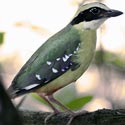 |
|
Eurylaimidae (broadbills)
One Species indigenous to southern Africa: African broadbill Smithornis
capensis. It mainly occurs in south-central and
southern Africa, where it has populations scattered across northern
Zimbabwe, northern Botswana, Mozambique and KwaZulu-Natal. It is locally common although
difficult to see, as it is extremely inconspicuous, remaining motionless on
its perch for long periods. It generally prefers dense forest or woodland,
exclusively eating invertebrates.
Both sexes construct an oval-shaped nest, which is suspended conspicuously
from a low branch of a tree.
|
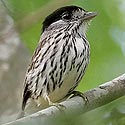 |
|
Oriolidae (orioles) |
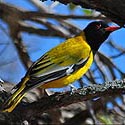 |
|
Dicruridae (drongos) |
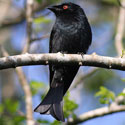 |
|
Monarchidae
(crested-flycatchers, paradise-flycatchers) |

|
|
Malaconotidae
(bush-shrikes, puffbacks, boubous, tchagras, helmet shrikes, batises and
wattle-eyes) |
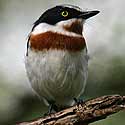 |
|
Corvidae (crows and ravens) |
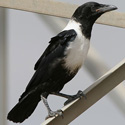 |
|
Laniidae
(typical shrikes) |
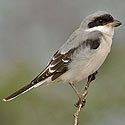 |
|
Campephagidae
(cuckooshrikes) |
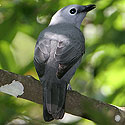 |
|
Chaetopidae
(rock-jumpers) |
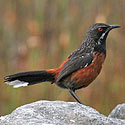 |
|
Paridae
(tits, penduline-tits) |
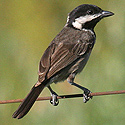 |
|
Hirundinidae (swallows and martins) |
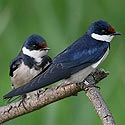 |
|
Pycnonotidae
(bulbuls, greenbuls, brownbuls, nicators) |
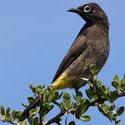 |
|
Sylviidae
(leaf-warblers, babblers, warblers) |
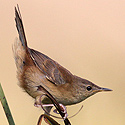 |
|
Zosteropidae (white-eyes) |
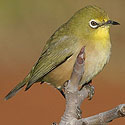 |
|
Cisticolidae
(African warblers) |
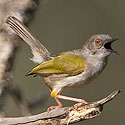 |
|
Alaudidae
(larks, sparrowlarks) |
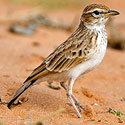 |
|
Certhiidae
(creepers, wrens) Only one species recorded in
southern Africa: Spotted
creeper Salpornis spilonotus |
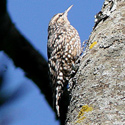 |
|
Muscicapidae
(thrushes, robins, chats, Old World flycatchers)
There are 456 species in 71 genera, occurring
worldwide, with 34 species recorded for southern Africa.
|
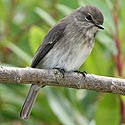
|
|
Sturnidae (starlings,
mynas, oxpeckers) |
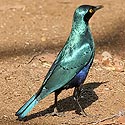
|
|
Nectariniidae (sunbirds) |
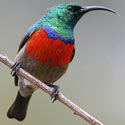 |
|
Promeropidae
(sugarbirds) |
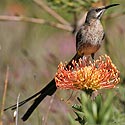
|
|
Ploceidae
(weavers, queleas, widowbirds) |
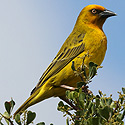 |
|
Estrildidae
(twinspots, firefinches,
waxbills, finches, and mannikins) |
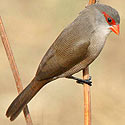 |
|
Viduidae (whydahs,
indigobirds, cuckoo finch) |
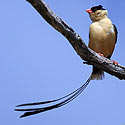 |
|
Passeridae
(sparrows, petronias) |
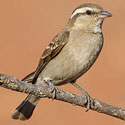 |
|
Motacillidae (wagtails, pipits and
longclaws) |
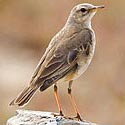 |
|
Fringillidae (canaries and buntings) |
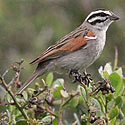 |
